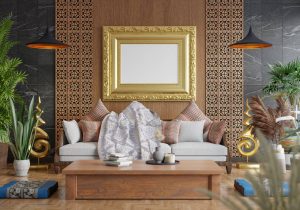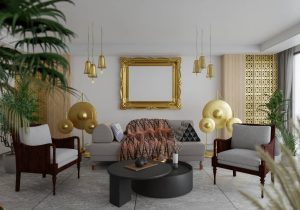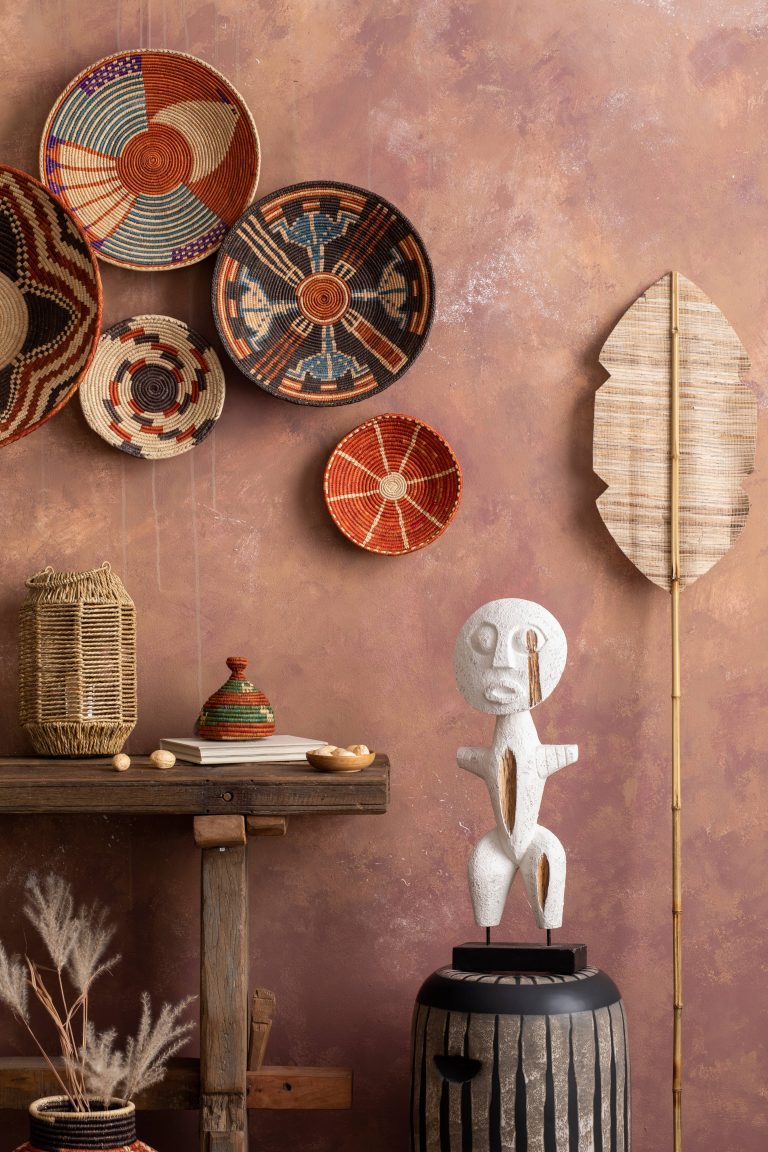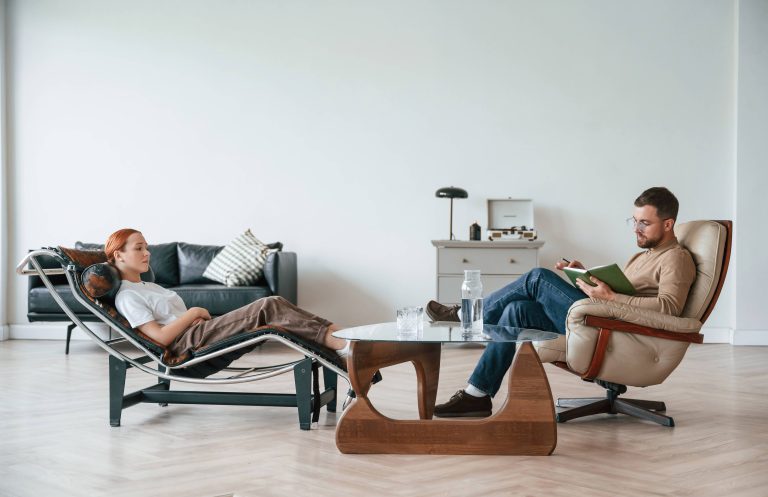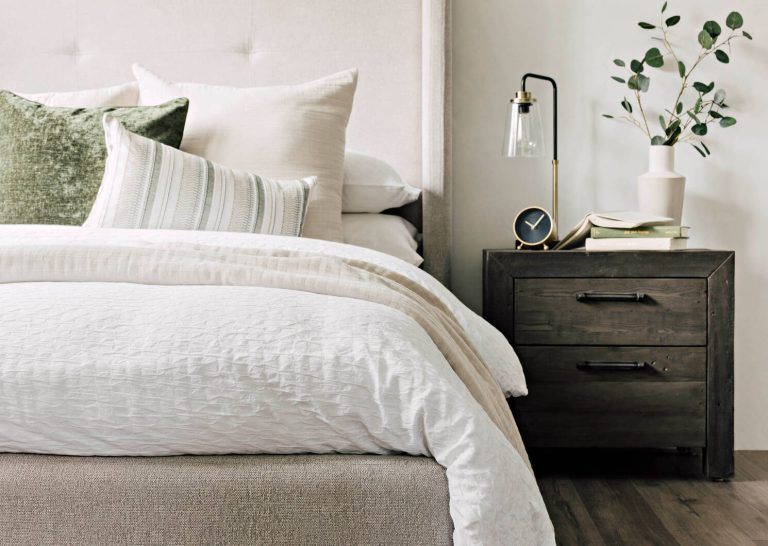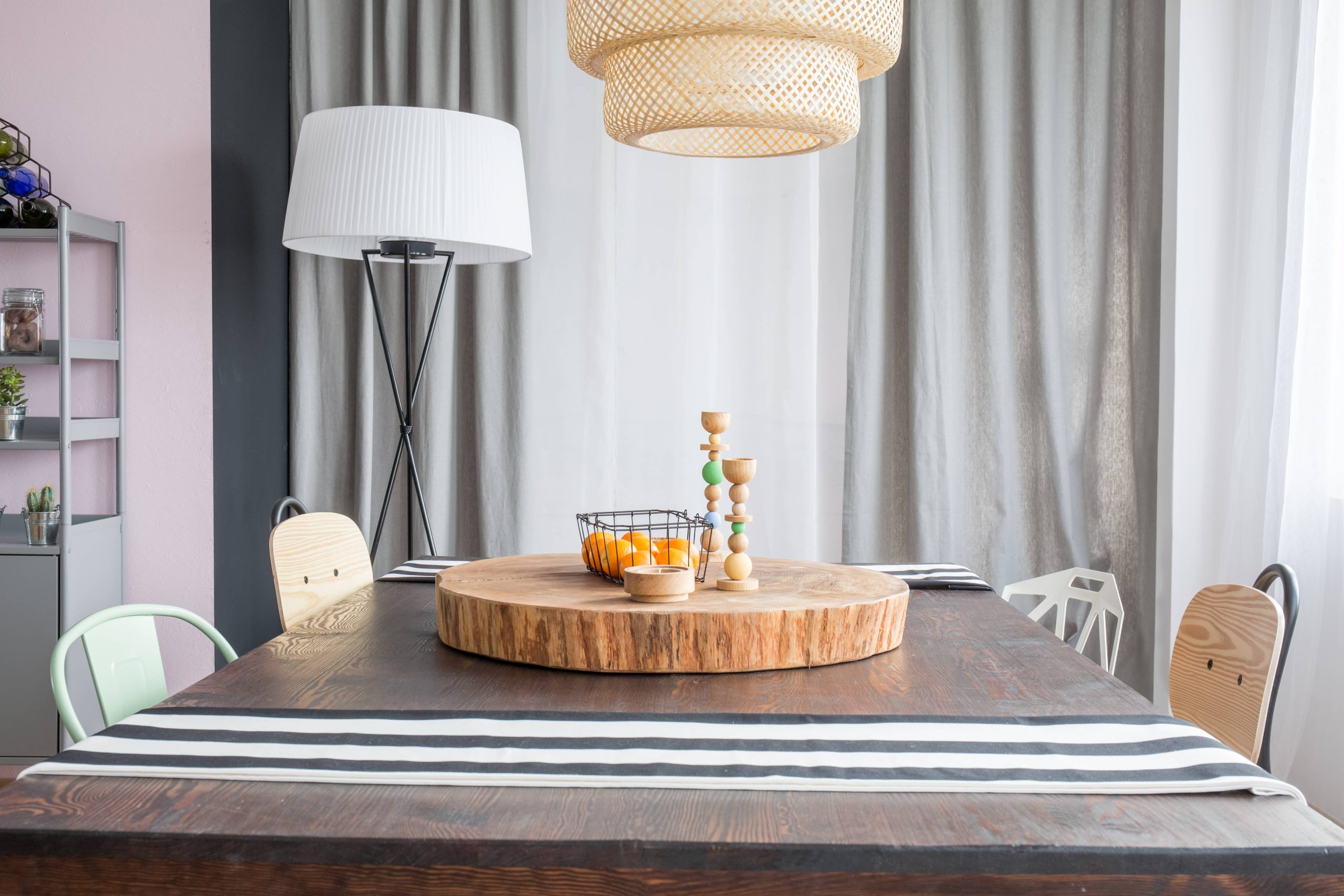
Art has the power to completely transform a space, making it more vibrant, personal, and inviting. Whether you’re moving into a new home or revamping your existing decor, choosing the right artwork for your walls is a crucial decision. The art you choose will not only reflect your personal style and taste but also set the tone for the entire space. In today’s post, we’ll explore several considerations and tips for selecting artwork that complements your home beautifully.
1. Understand Your Style
Before diving into specific pieces, it’s essential to have a clear understanding of your personal style. Are you drawn to contemporary art, or do you have a penchant for classical pieces? Maybe abstract art speaks to you, or you find landscapes soothing. Take time to explore different styles, artists, and galleries, both online and offline. Websites like Saatchi Art, Artsy, and even Pinterest can help you explore an array of styles. Remember, the art in your home is a reflection of your personality, so it should resonate with you and make you happy.
2. Consider the Room’s Purpose and Color Scheme
The artwork you choose should enhance the room’s existing décor rather than clash with it. Start by considering the room’s purpose. A bedroom, for example, might benefit from calming and serene pieces, whereas a living room or office could handle something more bold and dynamic.
In terms of color, you might want to choose artwork that complements the existing palette of the room. If your room features neutral tones, a vibrant piece of art might add a necessary pop of color. Conversely, in a brightly colored room, a more subtle or monochromatic piece might help to balance the space. Don’t be afraid to use a color wheel as a guide to find contrasting or complementary colors that will enhance the wall.
3. Scale and Proportion
The scale of the artwork is another vital consideration. A small piece on a large, empty wall may feel dwarfed and insignificant, while a large piece in a compact space could feel overwhelming. When selecting artwork for a specific wall, consider the wall’s dimensions and the overall size of the room.
A good rule of thumb for hanging artwork above furniture, like a sofa or console table, is to select a piece that is about two-thirds the width of the furniture. For gallery walls, ensure that the pieces relate to each other in some way, either through color, style, or theme, and that they are spaced about 2-4 inches apart for a cohesive appearance.
4. Framing and Matting
Frames play a crucial role in how the artwork is perceived. A frame should complement the art itself and the decor of the room. While classic wood or metallic frames offer timeless appeal, don’t shy away from more contemporary options like acrylic or shadow box frames for a modern look. Matting can also add visual interest and help the artwork stand out, especially in large pieces where you aim to draw attention to the artwork itself rather than the frame.
5. Mix and Match
There’s no rule saying you have to stick to just one type of art in a room. Mixing different styles and mediums can add depth and personality to your space. Try combining photography with paintings, or mix watercolor with acrylics. You can also incorporate three-dimensional art like sculptures or textiles. The key is to find a cohesive element among the pieces, such as a consistent color palette or an overarching theme.
6. The Power of Lighting
Good lighting can enhance the artwork and draw attention to it in a magical way. Consider the natural lighting of a space and how it changes throughout the day. In addition to natural light, you might want to install lighting that highlights your artwork. Picture lights, track lighting, or wall washers can make a dramatic difference and emphasize the art’s details and colors.
7. Setting the Mood with Art
Art can help establish the mood and ambiance of a room. In a formal dining room, you might opt for more traditional or elaborate pieces that invite a sense of elegance. Alternatively, in a playful children’s room, vibrant and whimsical pieces can inspire imagination and creativity.
8. Personal Significance
Lastly, but perhaps most importantly, consider the personal or emotional connection to the art you choose. Art is not solely about aesthetics; it’s about connection and resonance. Whether it’s a painting from a local artist you met, a framed photograph of a treasured vacation, or a piece inherited from family, art should evoke a sense of meaning and reflection in your space.
Concluding Thoughts
Choosing art for your walls is both an art and a science. With the right blend of personal taste, thoughtful consideration of space and color, and an openness to experimenting with different styles and mediums, you can create a home environment that is not only beautiful but uniquely yours. Whether you are choosing art for a single wall or an entire home, remember that art is a journey – one that evolves over time along with your personal taste and lifestyle. Happy decorating!



